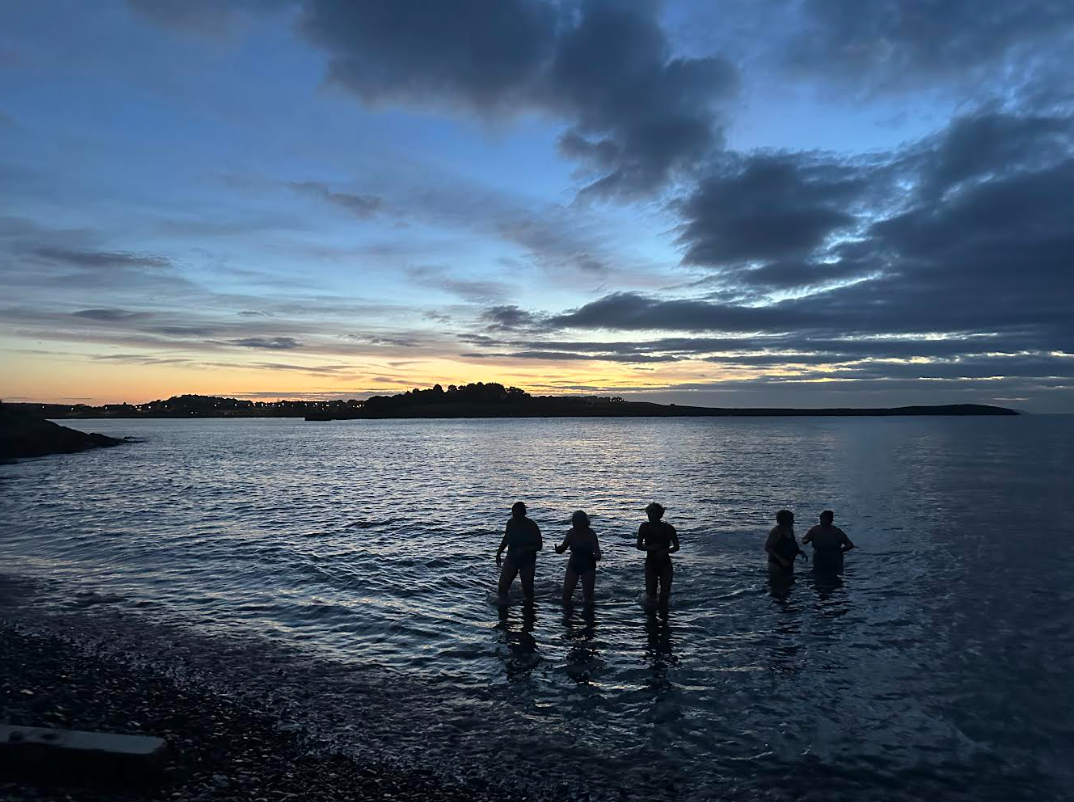By Ashley Sterio and Mike O’Brien |
Overwatch
Overwatch is a colourful, diverse, and brilliantly tactical team shooter – though calling it a shooter doesn’t do the game’s breadth justice. Each hero plays like a character from a completely different game – from Reinhardt, the hammer-wielding behemoth, to Tracer, the time-bending akimbo adventurer, there’s a character for all skill levels and gameplay types. They each have distinct strengths and weaknesses, and none of them are good enough to brave it alone – Overwatch, then, is about creating the most tactically sound assembly of heroes to counter the enemy team. There are many words for it, but perhaps the most important is ÔÇÿwelcoming’ – and not just for the players, either. Whilst Overwatch has enjoyed a healthy competitive scene since it launched almost three years ago, Blizzard took things to a new level with the Overwatch League.
Its inaugural season last August left more than enough impact to return again this year, and it’s no wonder why – the OWL is an evolutionary step in mainstream eSports. It’s clear that Blizzard wants to push competitive gaming beyond its comfort zone as a subculture and into something more accessible; instead of standard eSports teams, OWL’s franchise teams are more reminiscent of traditional sports, each with their own unique names (London Spitfire, New York Excelsior, Seoul Dynasty), colours, and, jersey numbers. The emphasis on national teams is important in creating a more accessible spectacle; ask someone on the street who they prefer between TSM and Liquid, for instance, and you’ll probably get an odd look. Flags, on the other hand, resonate with us all in some way – it gives all viewers an instant side to root for. The scheduling went a long way in maintaining momentum, with regular games occurring every week, and there were even halftime shows that graced us with the affectionately clumsy performance from resident meme and rapping Pok├®mon DJ Khaled. Credit also belongs to the commentators who, whilst nothing new, still managed to provide an informative, light-hearted, and at times tense show which remained engaging even between matches and post-match analysis.
Broadcasting live on both the internet and TV, OWL tapped into a new casual audience whose first impressions of eSports could not have been better. It’s still got a long way to go, but it’s a step towards earning eSports the mainstream recognition it deserves, and an exciting framework for competitive Overwatch moving forwards. The new season began on the 14th, and it’ll be running until the middle of August. Go check it out!
Smite
Smite, one of the biggest F2P MOBAs about (yay, acronyms!), is a game about taking control of different gods based on real world mythologies (Greek, Roman, and Japanese to name a few), and do some good old fashioned battle.
The competitive scene has been growing since launch, and in 2016, developer Hi-Rez embraced it with their first official international World Championship. The EU region has dominated the scene with teams like NRG, the two-time world champions, and in the 2017 world championships the NA region wasn’t even represented in the finals, instead being an EU versus EU battle.
Along came the 2018 World Championships, and to everyone’s surprise, NRG, the most dominant team in Smite’s history, were eliminated by fellow Europeans Obey Alliance. The finals of that tournament were a nail-biting best of five set between Team Rival (EU), the underdog group that came seemingly out of nowhere and had some of the best teamwork this game has ever seen, and team eUnited (NA). eUnited was not just a good NA team, they were easily the best, finally bridging the gap between EU and NA. Each match was an elegant dance of gods, and before long, eUnited had broken the curse to reign supreme.
With the EU and NA scenes balancing out, the most recent World Championships during the latter half of 2018 were an incredibly tense watch throughout. To great surprise, NRG and eUnited were eliminated relatively early, coming sixth and fifth respectively. Team Rival and their proficiency for teamwork however, fought tooth and nail through the competition, finding themselves in the finals again. But this time, the NA team awaiting them was an enigma.
Splyce, a team that was relatively overlooked the entire year due mainly to their poor performance leading up to the championship, took what little momentum they had and ran with it, bombarding the bracket and eliminating teams which fans and analysts alike expected to win. This clash of underdogs led to a brutal five game set, with the momentum swinging back and forth like a pendulum until settling on a heartbreaking defeat for Team Rival.
With NA now firmly on top of the Smite professional scene, it looked like EU were set for a comeback, but recent changes have proven disruptive Each region has been merged into one, and in doing so, players are now reported to have contracts of up to £30,000 per year in salary. The catch? Players that want a career out of Smite for the upcoming season must move to Atlanta. It was a bombshell; for European players, this meant uprooting their entire lives and moving to a foreign country with major differences in culture and healthcare.
It will be interesting to see the new super teams consisting of EU and NA pros in action, and despite the controversy, this season will test the merits of this seismic gamble.
Super Smash Bros. Melee

It’s been quite the year for the legendary GameCube platform fighter┬áSuper Smash Bros. Melee, a game which is now old enough to vote (and for the more questionably enthusiastic, old enough to consent). What was initially designed as a harmless Nintendo party game has since evolved into a complex labyrinth of frames and flashiness, a crucible defined by precise tech skill, lightning fast combos, and the sharpest movement ever seen in a video game.
For years, Melee has been dominated by the ÔÇÿfive Gods’ of Melee, Mang0, PPMD, Armada, Hungrybox, and Mew2King, players so fearsome that they almost never lost to players outside this elite cabal. Along comes Leffen (William Hjelte), a controversially cocky Fox player with a penchant for trash talk and Twitter beef, proclaiming that he would slay the Gods and win EVO – the Super Bowl of Melee. After years of agony, trial, and public humiliation, he decisively eliminated fellow Swede Armada (Adam Lindgren) in with a 3-0 victory in grand finals.
Despite losing the big one last year, Armada walked away the biggest name of Melee in 2018, as the year also marked his formal retirement. Unanimously recognised as the GOAT of Melee, Armada’s career spanned over a decade, and in that time, he took Princess Peach – a character most considered to be mid-tier at best – and almost defeated then-world champion Mang0 at the first ever Genesis, firmly placing Europe on the map of Melee. Henceforth, Armada became famously indomitable – for eight years, he did not drop a set against a single player outside the top six. Armada’s departure left many in the community sad, but the man had a hell of a run, and can firmly walk away knowing he was the best to ever touch a GameCube controller.
Armada’s retirement has created a power vacuum in Melee, and after years of ruling by the Gods, it’s anyone’s game. At present, it seems as though Jigglypuff main Hungrybox sits on the throne of Melee – but godslaying Leffen, and emerging talents like Sheik-maining youngster, Plup, and the edge-cancelling Marth monster, Zain, pose a serious threat.
It may be eighteen years old, but even with the release of Smash Bros Ultimate, Melee is still going strong, reaching 174k live viewers at Genesis 6 this year. Thanks to help from Twitch streamer Ninja (of Fortnite fame), it was the most watched game worldwide in June! With so much new blood in the midst of ancient rivalries, it looks like Melee is set to stay.




